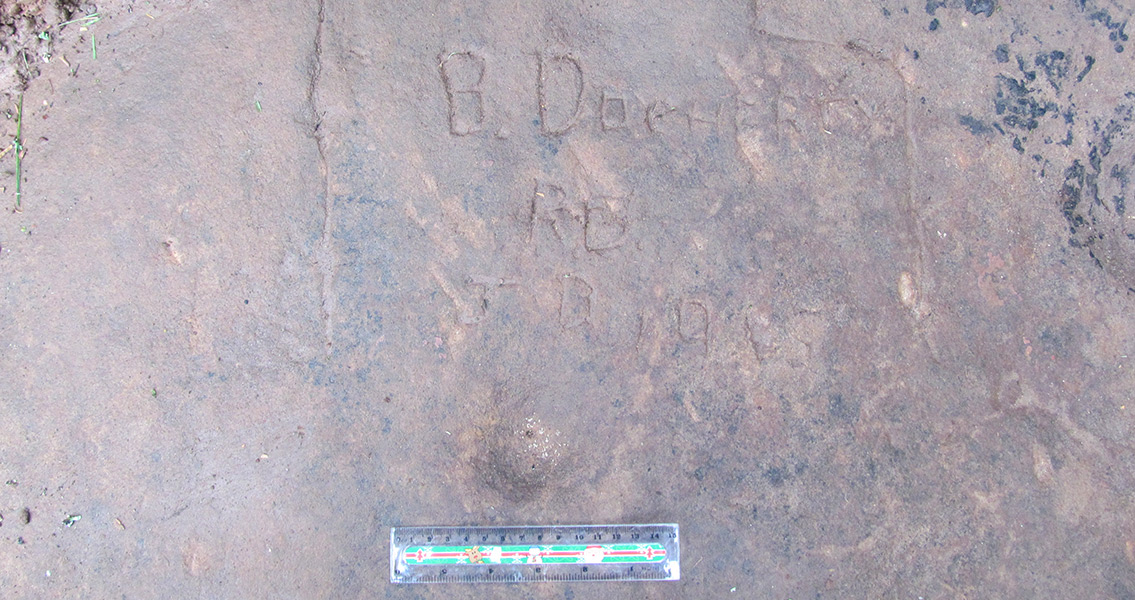<![CDATA[The Cochno Stone, considered one of the most important Neolithic or Bronze Age cup and ring marked rock art panels in Europe, is undergoing a full excavation after being buried over fifty years ago to protect it from vandals. Dating back to around 3000 BCE, the stone is located next to a housing estate near Faifley, in West Dunbartonshire, Scotland. Although it is regarded as one of the most important prehistoric sites in the UK, it’s also one of the most neglected. The excavation will use cutting-edge 3-D imaging technology to build a detailed digital record of the archeological site, and possibly provide more information on the stone's purpose and history, as well the creators of the approximately 5,000-year-old artwork. Dr. Kenny Brophy, a specialist in urban archaeology with the University of Glasgow who is leading the excavation at the site adjacent to Cochno Farm, said in a statement from the university: "This is the biggest and I would argue one of the most important Neolithic art panels in Europe. The cup and ring marks are extensive but the site just happens to be in the middle of an urban housing scheme in Clydebank. It was last fully open to the elements and the public up until 1965.” “Sadly as it was neglected it was also being damaged through vandalism and people traipsing all over it. So renowned archaeologist Ludovic Maclellan Mann, with a team of experts, decided the best way to preserve it was to cover it over to protect it from further damage. And it has lain there ever since. It has been well recorded for archaeological purposes but we now feel the time, and the technology, is right to unearth it and see what new elements we can learn about its history and the people who created it. The local community is very engaged in what we plan to do, and they seem very proud to have this amazing prehistoric gem right on their door step." “Revealing the Cochno Stone” is a collaborative project between the Factum Foundation for Digital Technology in Conservation and the University of Glasgow Archaeology Department. The purpose of the project is to collect high-resolution 3-D data of the Neolithic artwork on the Cochno Stone’s surface, and then rebury the 8 m x 13 m stone. The Factum Foundation intends to produce a full-scale facsimile of the panel, using the recorded digital data along with historical sources. Ferdinand Saumarez Smith, who leads the team from Factum Foundation Digital Imaging, said in the University's statement: “The Cochno Stone was taken away from the people of Clydebank in 1965 because of vandalism. We are going to show how digital technology can be used to resurrect this lost monument and give it back to the people it belongs to, because we believe that if we trust people, they will look after it.” The Cochno Stone’s story reflects many of the issues surrounding the preservation of cultural heritage in the face of urbanization. An earlier trial excavation in 2015 revealed that the stone remains in good condition, but modern graffiti (from before the stone's reburial) is likely to be found across the surface. The reproduction will reflect these numerous layers of history by keeping the pre-1965 graffiti in addition to the prehistoric surface. A video detailing the find can be found here Featured image, showing pre-1965 graffiti on the Cochno Stone, is courtesy of University of Glasgow]]>
Neolithic Cochno Stone to be Digitally Resurrected
